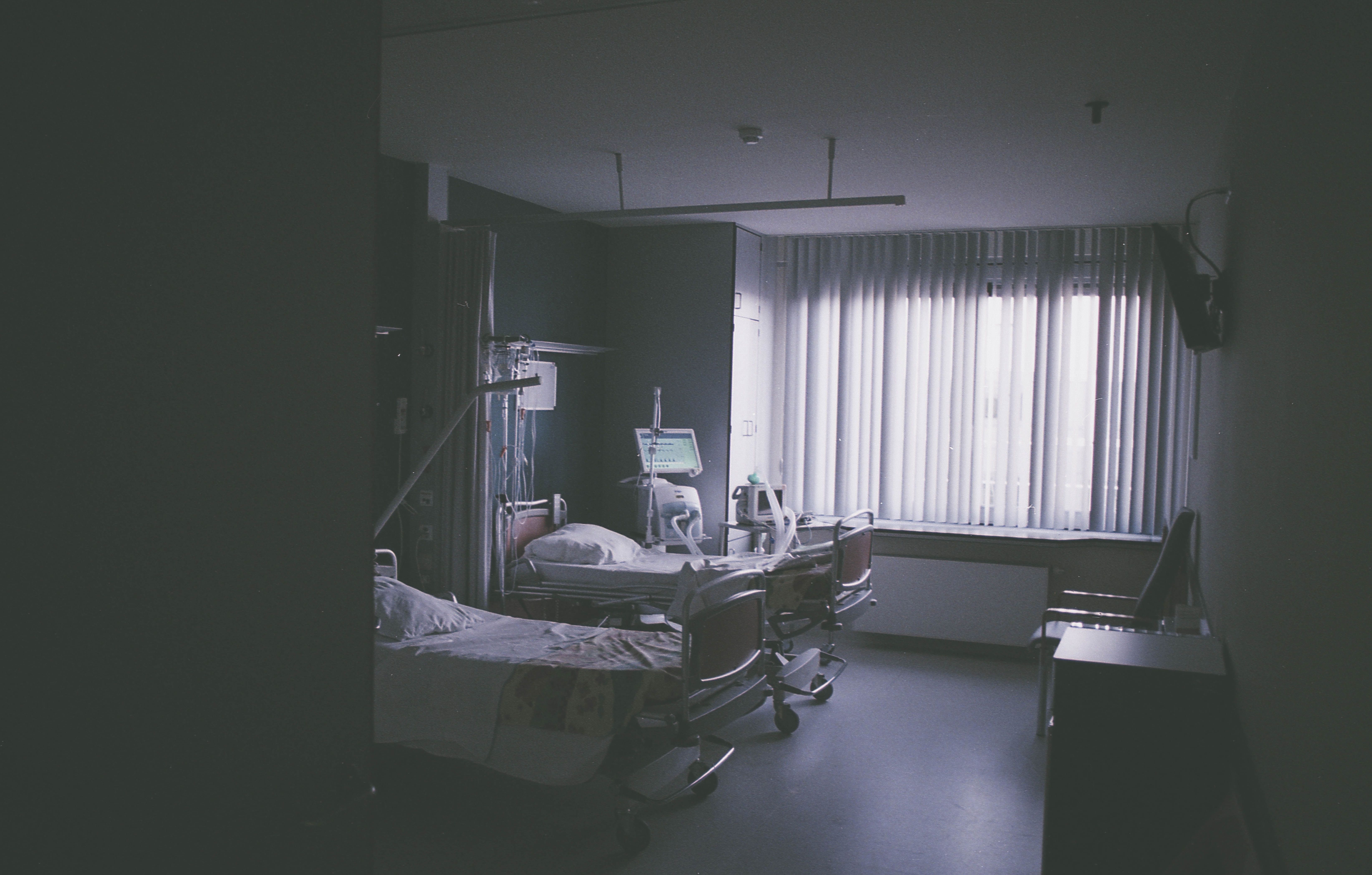Study: 21% of Discharged COVID-19 Patients Dead, Readmitted after 60 Days
Findings from Michigan show financial, mental health, and cardiopulmonary impacts are prevalent in patients 2 months after hospital care.

The rate death or re-hospitalization in the 60 days following hospital discharge due to coronavirus 2019 (COVID-19) was more than 21% among patients admitted during the early months of the pandemic, according to new findings.
The data, reported by a team of US-based investigators and published in the Annals of Internal Medicine, imply the need for guidance and policies surrounding post-hospitalization care and monitoring for more severely affected COVID-19 patients.
Led by Vineet Chopra, MD, MSc, of the University of Michigan Health System and The Michigan Hospital Medicine Safety Collaborative, investigators sought a description of 60-day clinical, financial, and mental health outcomes of patients previously discharged for emergent COVID-19 care.
“Although characteristics and in-hospital outcomes for persons with COVID-19 have been well described, less is known about the longer-term outcomes of hospitalized patients,” they wrote.
Their observational cohort analysis observed patients with COVID-19 discharged between March 16 and July 1 of this year, from any of 38 hospitals participating in the Michigan statewide collaboration MI-COVID19—a Blue Cross Blue Shield of Michigan-sponsored campaign that seeks to improve hospitalized coronavirus care.
Investigators reviewed patient medical record data at 60 days post-discharge, seeking clinical events include readmission and death. Patients originally discharged to home following COVID-19 recovery were contacted by phone to complete a survey about their primary care follow-up status, cardiopulmonary symptoms, resumption of normal activities, financial impacts, and emotional and mental health outcomes.
Chopra and colleagues observed 1648 patients admitted to 38 hospitals in the set time period.
Among all patients, 398 (24.2%) died during hospitalization and 1250 (75.8%) survived. Mean surviving patient age was 62 years old, with a majority being male (51.8%), and the primary race being black (51.6%). Chronic conditions including hypertension (64%), diabetes (34.9%), and cardiovascular disease (24.1%) were highly prevalent in hospitalized patients.
Of the surviving patients, 78% returned home and 12.6% were discharged to a skilled nursing or rehabilitation facility for further care.
At 60 days post-discharge, another 84 patients (6.7% hospital survivors; 10.4% ICU survivors) had died. Including these totals, investigators adjusted the overall COVID-19 mortality rate for hospitalized patients to 29.2%, and for patients treated in the ICU to 63.5%.
Another 15.1% of hospital-discharged COVID-19 patients were re-hospitalized within 60 days.
Cardiopulmonary symptoms were reported by 159 patients, and new or worsening difficulty completing daily activities were reported by 58 patients.
Another 238 (48.7%) of contacted patients reported their emotional health being affected; 28 sought care for mental health post-discharge. Mild financial impact was prevalent in 179 (36.7%) patients.
“These data confirm that the toll of COVID-19 extends well beyond hospitalization, a finding consistent with long-term sequelae from sepsis and other severe respiratory viral illnesses,” investigators wrote. “Collectively, these findings suggest that better models to support COVID-19 survivors are necessary."
Though the trial was limited by it being dependent on patient-completed surveys, limited contact with all hospitalized patients, and potentially nonrandom loss to follow-up, Chopra and colleagues stressed the findings show how comment adverse events—even death—are in post-discharged COVID-19 patients.
“Policies and clinical and research programs targeting these aspects are needed,” they concluded.
